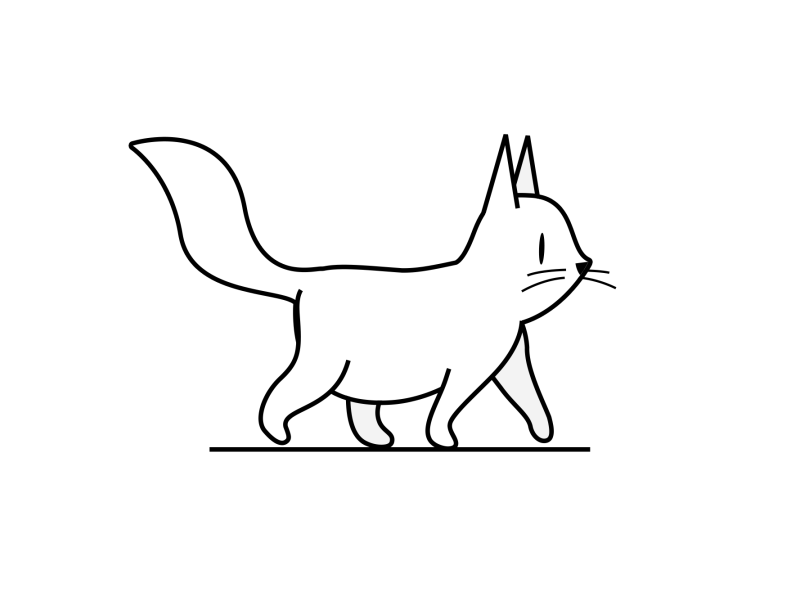Follow Through And Overlapping Action
When the
main body of the character stops all other parts continue to catch up to the
main mass of the character, such as arms, long hair, clothing, coat tails or a
dress, floppy ears or a long tail (these follow the path of action). Nothing
stops all at once. This is follow through.
Overlapping action is when the
character changes direction while his clothes or hair continues forward. The
character is going in a new direction, to be followed, a number of frames
later, by his clothes in the new direction.
"DRAG," in animation, for
example, would be when Goofy starts to run, but his head, ears, upper body, and
clothes do not keep up with his legs. In features, this type of action is done
more subtly. Example: When Snow White starts to dance, her dress does not begin
to move with her immediately but catches up a few frames later.
Slow In Slow Out
The
movement of the human body and most other objects needs time to accelerate and
slow down. For this reason, the animation looks more realistic if it has more
drawings near the beginning and end of an action, emphasizing the extreme
poses, and fewer in the middle.As action starts, we have more drawings near the
starting pose, one or two in the middle, and more drawings near the next pose.
Fewer drawings make the action faster and more drawings make the action slower.
Slow-ins and slow-outs soften the action, making it more life-like. For a gag
action, we may omit some slow-out or slow-ins for shock appeal or the surprise
element. This will give more snap to the scene.
Arc
All
actions, with few exceptions (such as the animation of a mechanical device),
follow an arc or slightly circular path. Arcs give animation a more natural
action and better flow. Think of natural movements in the terms of a pendulum
swinging. All arm movement, head turns and even eye movements are executed on
an arcs.
Secondary Action
A
Secondary Action action is the main action that reinforces and adds more
dimension to the main action. The important thing in secondary actions is that
they emphasise, rather than take attention away from the main action.This
action adds to and enriches the main action and adds more dimension to the
character animation, supplementing and/or re-enforcing the main action.
Example: A character is angrily walking toward another character. The walk is
forceful, aggressive, and forward leaning. The leg action is just short of a
stomping walk. The secondary action is a few strong gestures of the arms working
with the walk. Also, the possibility of dialogue being delivered at the same
time with tilts and turns of the head to accentuate the walk and dialogue, but
not so much as to distract from the walk action. All of these actions should
work together in support of one another. Think of the walk as the primary
action and arm swings, head bounce and all other actions of the body as
secondary or supporting action.
Souces :
http://www.animationcoursesahmedabad.com/12-principles-of-animation/
http://minyos.its.rmit.edu.au/aim/a_notes/anim_principles.html



Comments
Post a Comment